A new type of fluorinated ammonium ligand stabilises the surface of lead halide perovskites. The work marks a key step in understanding how to increase the efficiency and durability of perovskite solar cells.
One of the main causes of degradation to perovskite solar cells is ion mobility at surface defects. Such defects can also reduce efficiency by providing sites for electron–hole recombination. Most perovskite solar cells therefore incorporate a coating to ‘passivate’ the defects.
Coating the surface with a solution containing ammonium ligands extends the lifetime by forming a 2D layer at the surface, which appears to protect the perovskite from degradation. Some reports question the stability of these 2D layers at high temperatures, and so researchers have sought ligands that passivate defects without altering the perovskite structure. But the exact nature of the interaction between a specific ligand and a perovskite is difficult to predict or measure.
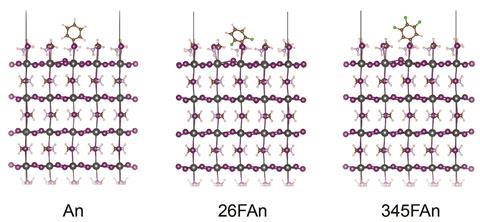
In the new work, researchers in the US, Canada and Switzerland used multiple spectroscopic techniques to characterise the interactions between a selection of ammonium ligands and two common lead halide perovskites. While previous studies have used bulky ligands to avoid intercalation, the researchers found that the small ammonium ligand anilinium penetrated the structure less than any other ligand they tested, including phenylethylammonium – the most commonly used passivant. Unfortunately, it was also less effective.
‘We knew from computational studies what the problem was,’ explains the project’s co-lead So Min Park, who began the work at the University of Toronto. ‘Our calculations predicted that a fluorinated ligand would reduce the 2D formation but also enhance the surface binding.’
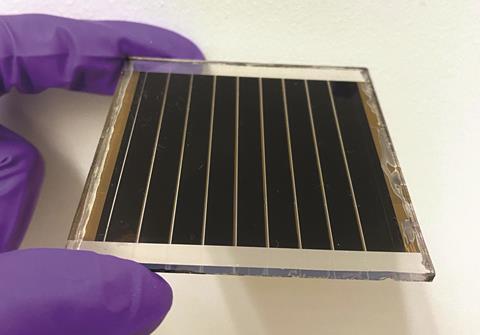
The researchers synthesised and tested several fluorinated anilinium derivatives. Theoretical and experimental analysis showed that the molecules effectively suppressed multiple breakdown channels. A single-junction solar cell made using the passivated perovskite showed 20% efficiency and retained it for 1560 hours at 85°C. ‘For industry you need over 25 years lifetime, so we are just beginning to understand these degradation mechanisms and, hopefully, by doing these accelerated ageing tests at even higher temperatures, we can understand better what materials we need to prevent them,’ says Park, who is now based at Northwestern University in Illinois.
Alan Kaplan, a graduate student at Princeton University, believes that the paper’s most significant contribution is the ‘rational design’ of the ligand. ‘There’s another work that has an extremely impressive stability result with a 2D/3D perovskite structure, and there’s a previous work that shows that not forming the 2D perovskite adds stability, but the depth of the set of materials [the current researchers] use adds the significance because they really are able to pin down the physical reason why some ligands enter the 3D perovskite and others don’t.’ Quinn Burlingame, Kaplan’s postdoctoral supervisor, agrees: ‘This [work] will be cited by a lot of future papers that have new ligands and new 2D layers that are super-stable,’ he says. ‘That will be the legacy of this work.’
References
S M Park et al, Science, 2023, DOI: 10.1126/science.adi4107







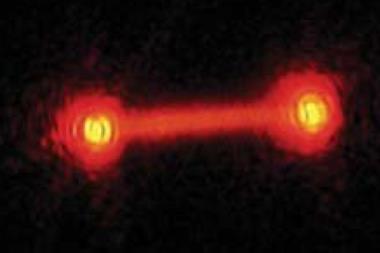

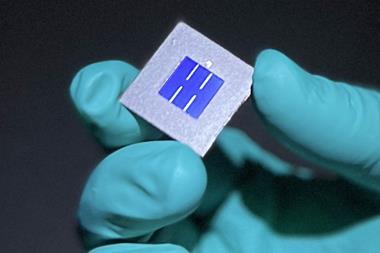
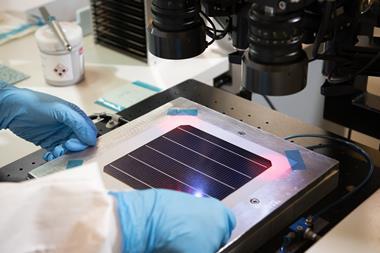






No comments yet